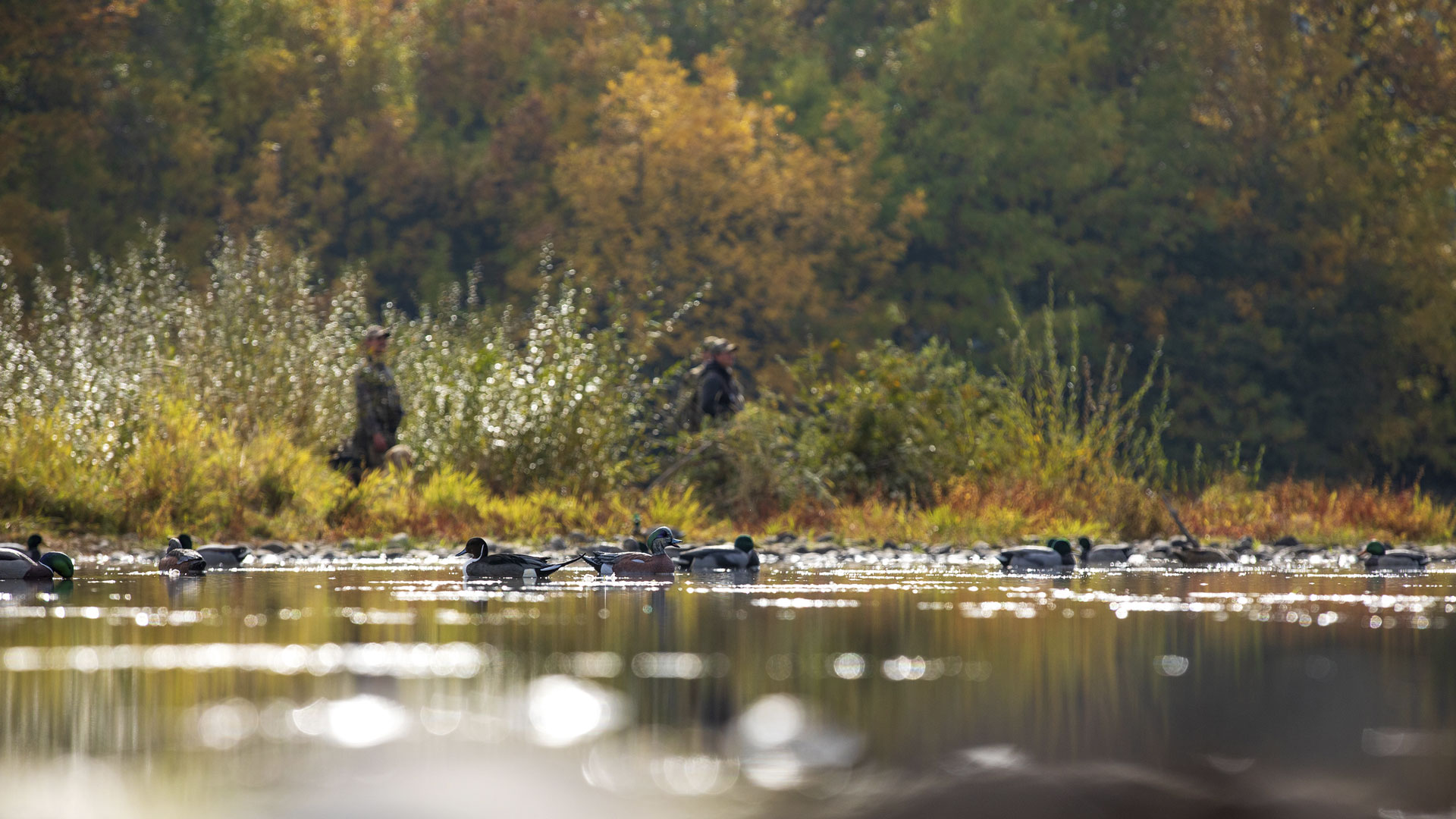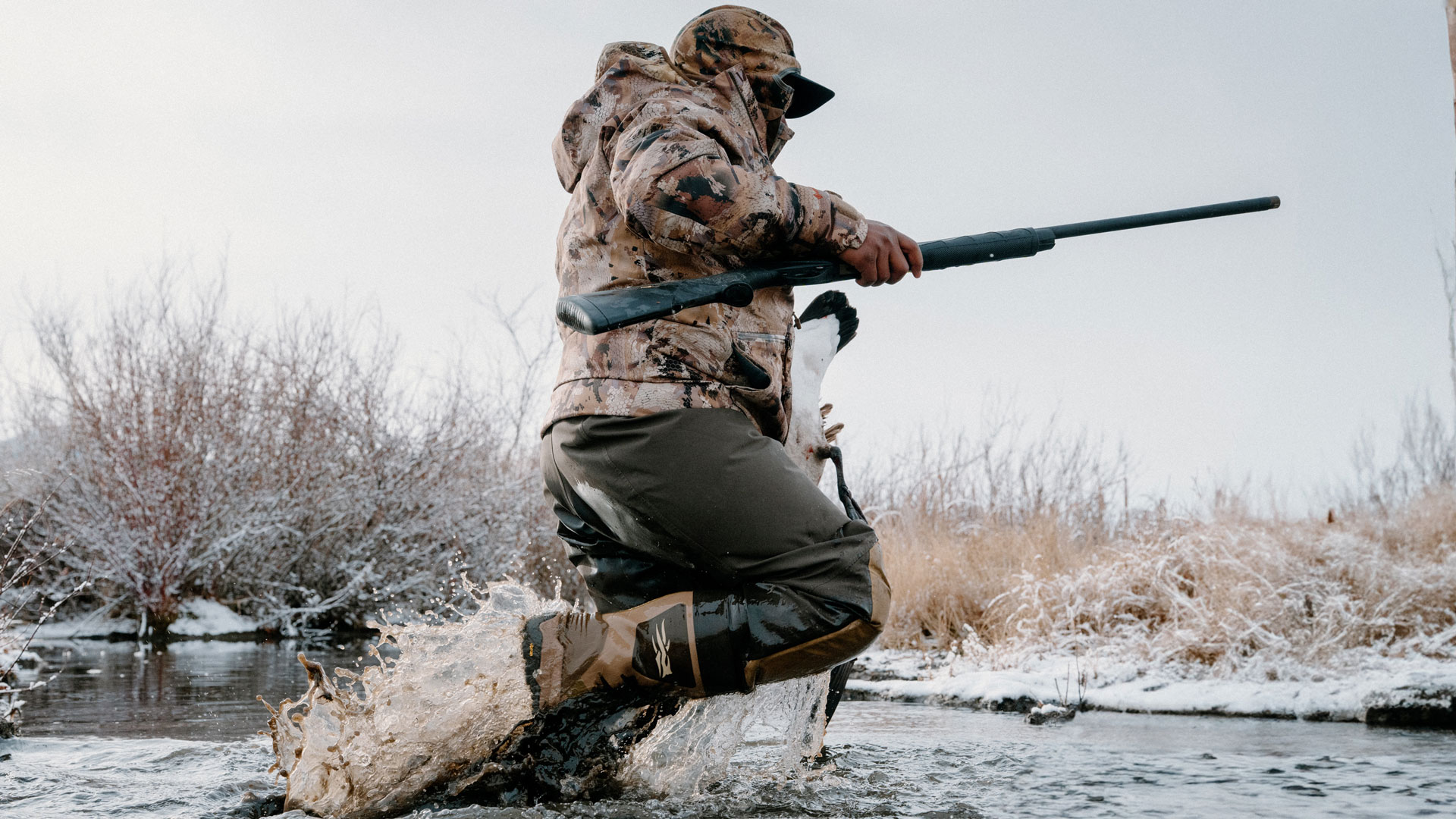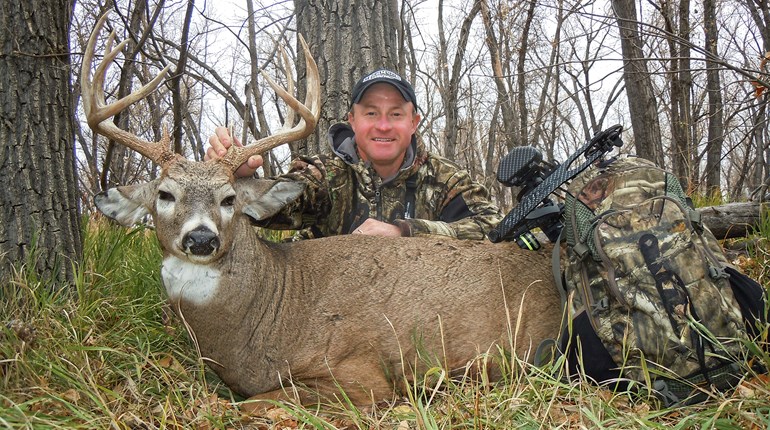Waterfowl hunting in my part of the world, at least the way I like to do it, is an early-season sort of thing. By the time late December rolls around, the deer seasons are over and I am looking for something more to hunt. Ducks are pretty much off the table. The potholes and ponds are frozen over and the creek I like to float is filled with dangerous, canoe-swamping ice.
Besides, the ducks are gone anyway. Unlike me, they are smart enough to understand there is another brutal winter coming to Vermont and they flee south. So what's a poor, frozen boy to do? Take the hint: Make like a bird and migrate south. For that, Texas works. In fact, the South Texas Gulf Coast is full of ducks, sunshine and other things that make life worth the trouble.
I have friends who hunt waterfowl and nothing else, and it would be understating things to call them fanatics. They think they are purists; I think they are missing all the fun. I love waterfowl hunting, but I am damn sure not about to marry it. I want to keep my options and the adventure flowing. I bring this up because the problem with most great waterfowl areas is the action is often over too fast. If you have a lot of ducks, with today's low bag limits, it's not unusual to shoot your limit early in the day. If you are one of those "purist" types I guess that means you spend the rest of the day being smug. Me? I need something else to do. That's why this Texas thing works so well. When it comes to the outdoors, they wrote the book on diversity.
We were hunting from Bay Flats Lodge in Seadrift, Texas, and a few hours before daylight the first morning I was reminded of yet another reason I love the South: airboats.
There is nothing cooler for a displaced Yankee than an airboat. What's not to love about a giant airplane propeller powered by a huge V-8 engine pushing a johnboat at eye-sucking speeds? Airboats don't really even need water; they can run on a wet spot in the grass. Or just grass for that matter. Heck, I have seen them crossing a paved parking lot. But they operate best in shallow, or even weed-infested water.
Guess what lives in shallow, weed-infested water? Ducks—and lots of them. The main reason for using an airboat is that it can travel through those ultra-shallow and weed-infested areas that stop conventional boats dead in the water. (Yes, the cliché is intended.) The only way to get into the best duck hunting in some of these Texas coastal areas, the places where owners of lesser boats can't go but the ducks love, is by airboat.
But I didn't care about any of that at the moment. Just flying through the dark, up on step and running hard with that big engine roaring behind me, was enough. I could shoot ducks later; right now I was having fun. The star-filled Texas sky provided enough light for my dilated eyes to tell water from land, which dials down the anxiety level in those passengers unacquainted with airboats.
At least until the first turn. Even boat people used to a propeller in the water driving and steering the craft will freak a little the first time an airboat takes a turn "at speed." An airboat doesn't so much follow a predictable path like a normal boat, but rather kind of skids into the turn, slipping and sliding while convincing the uninitiated that the boat will either run aground or flip upside down before the next straight stretch appears. In truth, both those things happen with airboats more often than you might want to think about, but not with these guys. At that point in time, I didn't know if my guide knew beans about duck hunting (turns out he did) but it was clear he could drive an airboat.
We came out of the corner and hit the flats. The throttle opened again with a deep roar just as we passed through a cloud of flying insects, which sandblasted my face, spotted my glasses and filled my grin-exposed teeth with protein. I gotta tell you, this was the most fun I ever had on the way to a duck blind, and trust me: I have used some pretty unconventional transportation over the years.
We parked the boat, set out decoys and then hid in the blind to wait for shooting hours. Depending on my mood, this is either the worst or the best part of any hunt. Usually on the first day, it's the worst. While I may look old, I am a spoiled little kid at heart. I whine and cry, wiggle and squirm. I want a drink, I'm hungry and I have to go to the bathroom. I fidget and fuss and I can't turn it off. Most of the time, I have to fight the urge to ask again and again with the most annoying voice I can generate, "Are we there yet?" But that would be childish, right?
I was thankful this morning was one of those "best" days. I huddled deep into my jacket, rested my back against the blind and escaped into my mind.
I was thinking about how far waterfowl gear has advanced since I started hunting ducks back in antediluvian times. Gore-Tex jackets and insulated neoprene waders beat the old wool coats and leaky barn boots of my youth. And the shotguns? I started with a decrepit single-shot and when I graduated to a battered old Lefever side-by-side double I thought I was in heaven. The 2¾ -inch chambers were as fixed as the too-damn-tight chokes, but I loved that gun. In contrast, with me this day was a state of the art waterfowl shotgun, the Benelli Vinci, while the guy beside me had a Super Black Eagle, also by Benelli. They are two of the best waterfowl shotguns made today and proof that evolution applies to firearms as well as apes.
As a testament to the durability of the Super Black Eagle, let me tell you about our guide's gun. It was perhaps the nastiest shotgun I have ever seen. To say it looked like road kill would be to insult road kill. He had used it for years hunting and guiding on saltwater, and his idea of maintenance was to kick it under the boat seat so it wouldn't get stepped on by hunters. While we cased all our guns in watertight Duck Commander cases, he just tossed his into the boat where it was sprayed by saltwater, or sometimes submerged in it. I doubt he had ever cleaned the gun; the stock was bound with electrician's tape because apparently it had been stepped on a time or two. Any part made of steel was as rusty as an abandoned '52 Ford parked in the woods.
I not so subtly pointed out later that this might be a good time to work on one of the Benelli guys still basking in the afterglow of a full limit to get the gun replaced or at least repaired.
"What for?" he said. "This gun has never failed me. I have had other shotguns give up in a month of hunting. This one I have had for years. It has never failed to go bang when I pointed it at a duck. I don't care how it looks, I care about shooting ducks. This gun is perfect just the way it is. I'll leave it alone, you leave me alone about it and we will shoot ducks and have fun, deal?"
"Deal."
Except I will point out the obvious: If the Benelli shotgun can take this kind of abuse and keep working, can you imagine how long one will last if you take care of it?
I think, though, the biggest change over the years has been with waterfowl ammo. I know I have written this before and I risk becoming that "old gun writer who just can't move on," but I had a lot of years of waterfowl hunting before lead shot was banned. I sure do miss that stuff but I understand, right or wrong, that it's never coming back. My thoughts that morning were past that. I was thinking about how technology was finally solving the problem.
The early steel shot ammo was so bad I stopped waterfowl hunting for several years. After two days of pounding snow geese with some of the first steel shot, many of them so close we could see the pellets hit, only to watch them fly off to die someplace else, I hung up my waders for a few years. We still are using steel now almost three decades later, but it's come a long way, baby.
The other materials like bismuth or tungsten have had trouble gaining a foothold, mostly due to cost. So for most waterfowl hunters, it's steel or stay home. But that's not so bad anymore. In 2007, Federal changed the rules with steel shot when it introduced Black Cloud ammo. The idea was to fix the pattern problems that are associated with steel shot. Steel tends to clump in the middle of the pattern and leave the outer fringes of the pattern skimpy: great if you center the duck in the pattern, not so great if you catch it with the edge. So the Federal engineers designed a new pellet with a belt around the middle that they called Flitestopper. Most people describe the pellet as looking like the planet Saturn. The aerodynamics of this pellet design cause it to migrate around the pattern to fill the holes in the edges. By mixing these pellets with conventional steel pellets, the patterns are kept full and even.
An unexpected side effect was the increased killing power of the Flitestopper pellets. Sure, some of that was due to better patterns, but most of it was because of the far superior terminal performance of the belted pellets.
Federal has added another waterfowl load called Black Cloud Close Range. Rather than combine conventional steel pellets with the Flitestopper pellets like Black Cloud, these shells contain only Flitestopper pellets in a rear-braking Flitecontrol wad, which aids with tighter and more consistent downrange patterns.
Given the name, I expected wider patterns, but when shooting cripples on the water (where you can see your pattern hit the water) I was amazed at the tight patterns, even at extended ranges. The ducks I hit fell like we were shooting lead again, as these pellets do a lot of damage. Some of the ducks we shot were well into "long-range" territory and the ammo performed beyond its name. I think the effective range is at least 10 yards farther than conventional steel shot and that perhaps Federal was hasty in naming it "Close Range." This new generation of steel shot ammo is impressive. Like they say, it drops ducks like rain!
Oh yes, at times it truly was raining ducks. While blondes and brunettes were scarce, we saw thousands and thousands of redheads. They filled the air at times and with four shooters in a blind, when a huge flock came low over the decoys, it often did look like a hailstorm of ducks falling from the sky. Even though we picked our shots to focus on males that were close, we filled out pretty quickly.
Once the limits were full, we watched them fly while we waited for pintails, widgeon, teal, bluebills or other species still on the hit list. It became like trophy hunting, where we picked a specific duck before shooting. This forced us to focus while still providing plenty of shooting action. Combined with all the redheads flying, it never got boring and the mornings passed quickly.
In the afternoons, with our limits filled, we chased the other reds. Redfish. Well, redfish and sea trout. I have a passion for catching big, hard-fighting fish on light tackle. This was my first experience with redfish, but trust when I say a big redfish on a spinning rod meets that definition.
Shooting ducks all morning and catching fish all afternoon, what could be better? Well, maybe a little quail and upland hunting?
Yeah, we did that, too.
Man, I love Texas.






































